Free A H Grebe MU-1 & MU-2Schematic & Owners,Operation,Service,TubesInner Back & Bottom Cards Information
For Grebe, A H Grebe Tube Radio Models
MU1, MU-1, MU2, MU-2
Click on any picture below to print out 9 page skiz & tube manual also click on lower pictures for 7 pages on inner cards all in pdf format
This manual provided by nucow.com for free and has no copyright protection
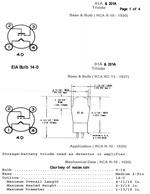 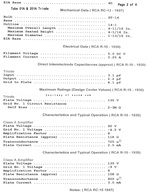 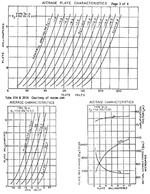 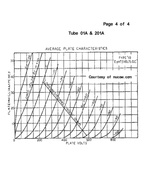 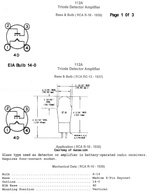 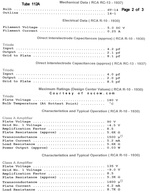 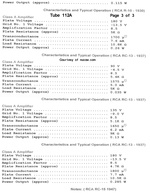 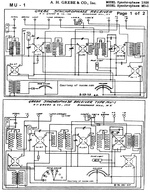 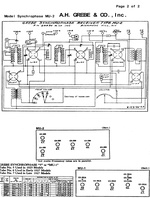
Click on any below images and get 7 page pdf for printing out all the A H Grebe card information. The inner card is light yellow with dark red printing. The bottom card is light yellow with dark brown printing. These were made black and white for ease of reading after printing out.The cards measure 60mm thick with digital calipers. You can make reproduction cards for any Grebe MU-1 or MU-2 with this information.You can also make a DC power supply for a Grebe with the voltages shown on bottom card and above tube information for total current calculation requirements.
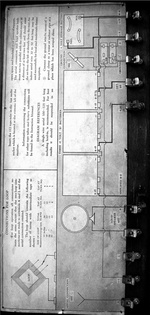 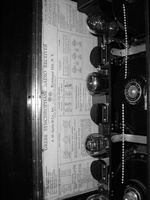 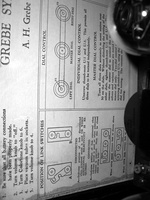 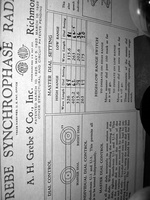 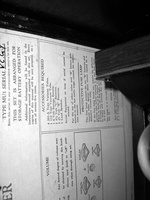 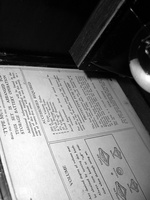 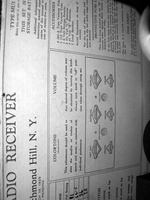 MODEL: MU1
Alfred H. Grebe (1895-October 24, 1935) was a pioneer in the radio broadcasting field.
He was born in Richmond Hill in the borough of Queens, in New York City. At the age of 9 he was given a radio set by his father, and soon came to be such an expert that his science teacher at Public School 88 in Jamaica said Alfred knew more than he did. From public school, he went to a training school in Jamaica, and a commercial radio school in Manhattan, New York City, where he conducted his own experiments. By age 15, he became a licensed commercial operator, and went to work as a ship's radio operator. After three years onboard (during which time he traveled as far as India) he returned to Long Island, where the first commercial station on the island was being built at Sayville. He got a job as an operator there. Later, because there was currently a radio craze, some friends had him make receivers for them. After making a few sets, he decided to go into commercial production.
In 1914 he issued his first catalog, and set up a factory in Richmond Hill on the same property where his home was located, which soon became able to produce all the components needed to assemble a radio, and which contained research laboratories as well. By 1922 he tore down his home to build a larger factory on the site.
To stimulate public interest, he set up several radio stations: one (WAHG) was identified with his own initials; another (WBOQ) had call letters standing for Borough of Queens. (His WAHG is, through several call letter changes, now WCBS, still a major radio station in New York City.) He set up a broadcasting company called the "Atlantic Broadcasting Corporation" (changing WAHG to WABC on November 1, 1926) which operated his stations until he sold them to CBS in January 1929. His manufacturing company, A. H. Grebe and Co. Inc., was renamed Grebe Radio and Television Corporation and moved from Richmond Hill to Manhattan in 1933.
|















